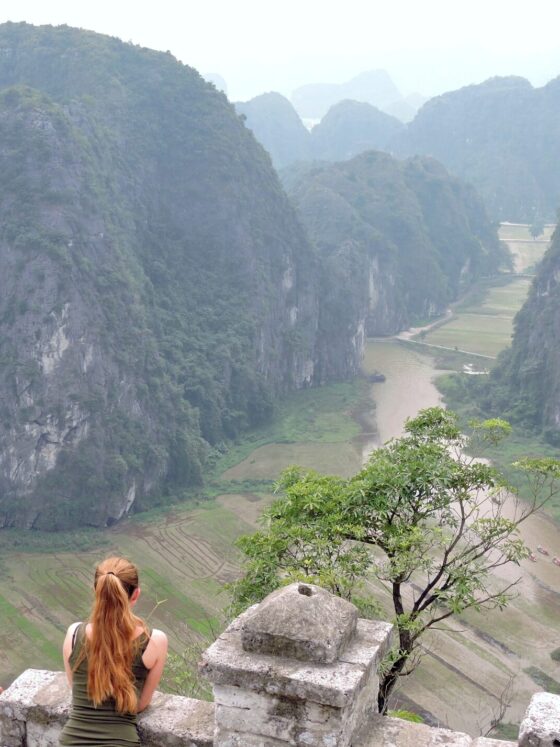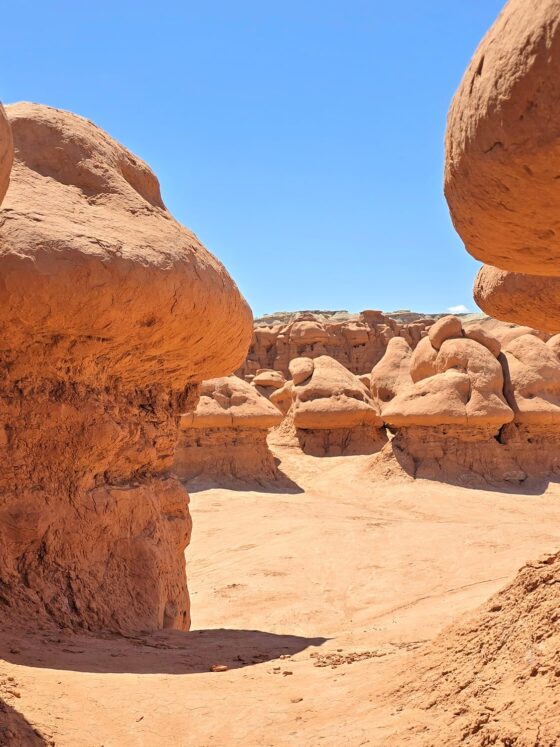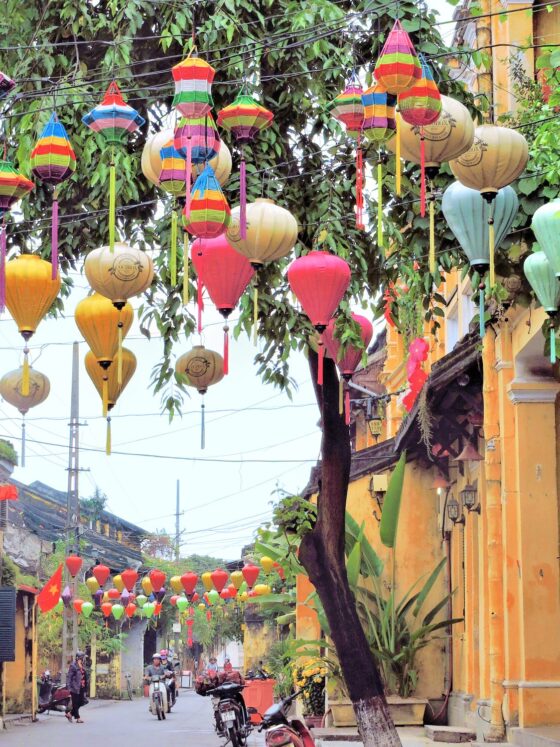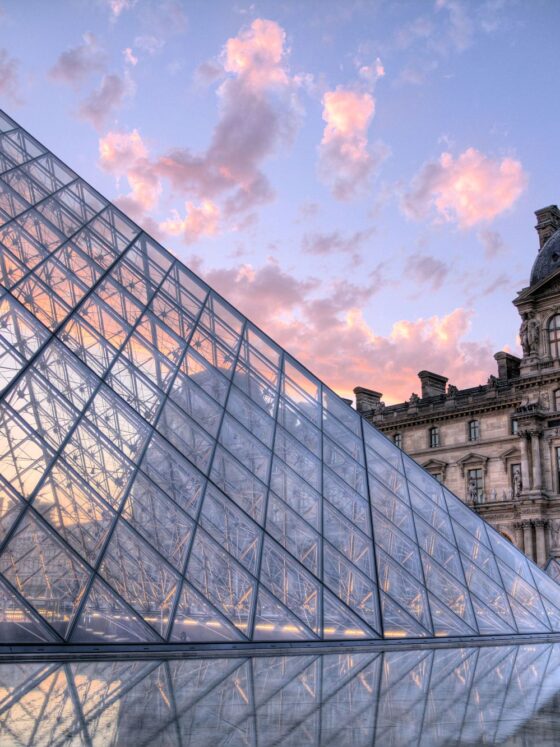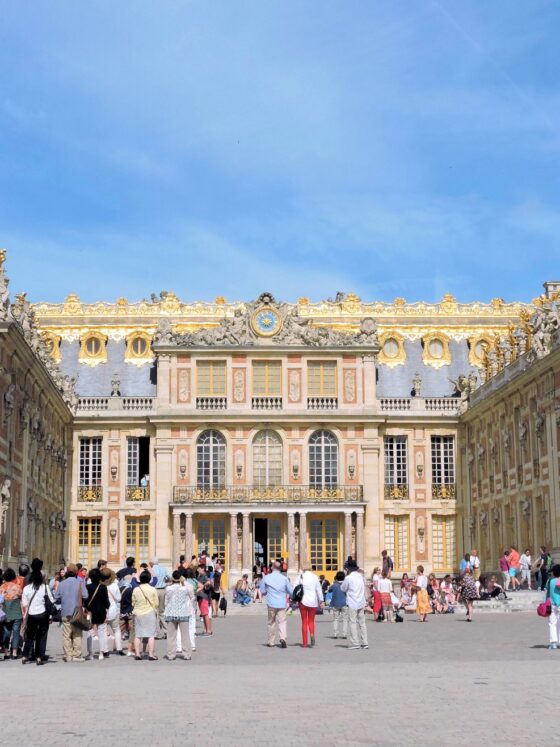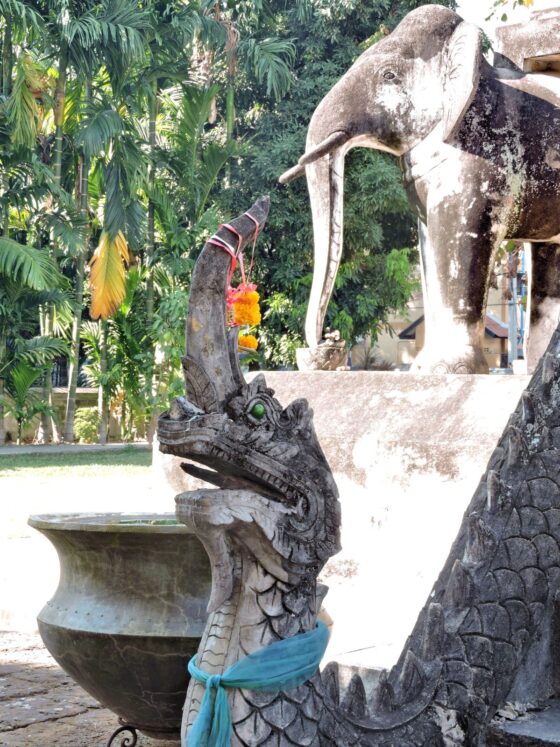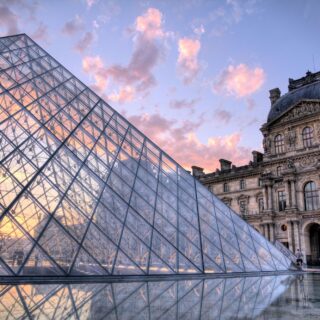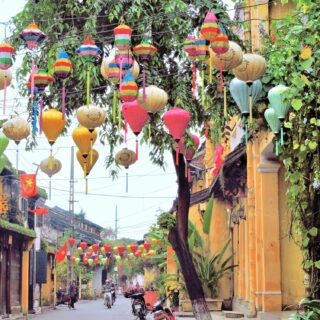When planning my trip I didn’t schedule much time for Hue, I didn’t realize it would end up being my favorite place in Vietnam.
During the Nguyen dynasty Hue was the Imperial City and administrative capital of Vietnam, and one of the best sights to see in Hue is the old imperial citadel surrounded by stone walls and moats. There are also numerous Buddhist temples, pagodas, and royal tombs scattered along the countryside and winding its way through it all is the Perfume River. In Vietnam, Hue is considered a significant cultural and historic center and depending on the time of year you’ll likely encounter more Vietnamese tourists here than foreign ones.
Exploring Hue Citadel
Established by the first Nguyen Emperor Gia Long in 1805, the citadel is a huge sprawling fortress. Within the citadel’s outer stone and brick walls, after crossing over its outer moat, you’ll find a second set of walls and a second moat.
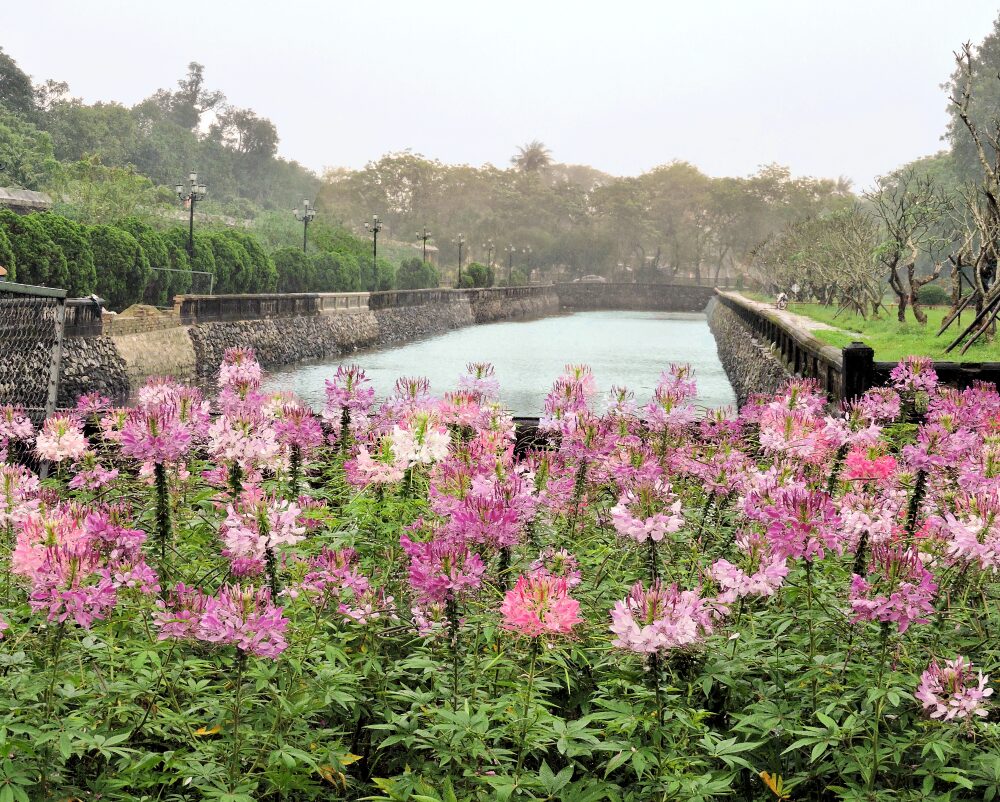
Past these second walls through the Ngo Mon Gate lies the Imperial City. Inside the Imperial City are courtyards, gardens, temples, palaces, and a stretch of land that (now destroyed) was once the forbidden purple city. A city, inside a city, inside a citadel. 🙂
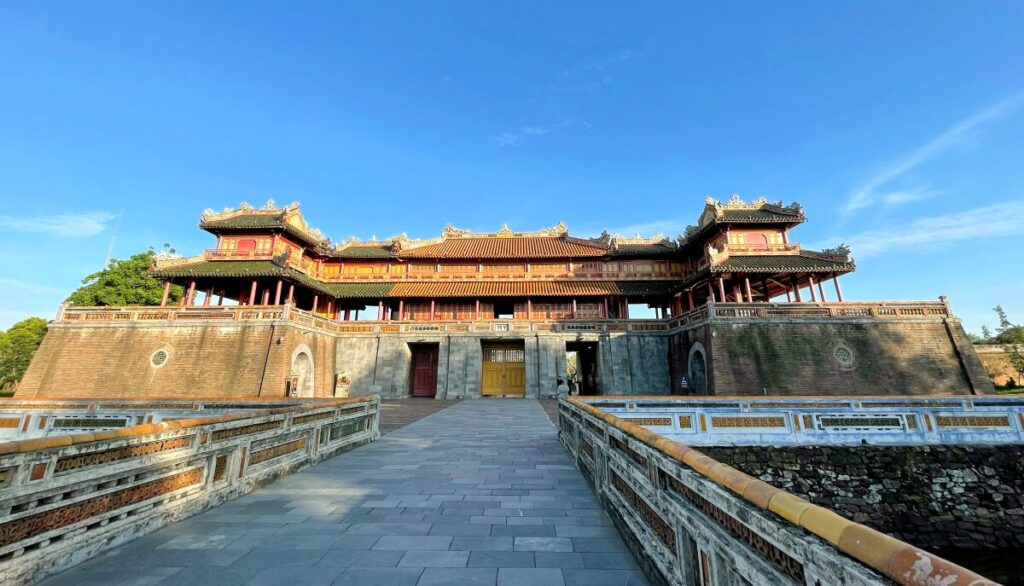
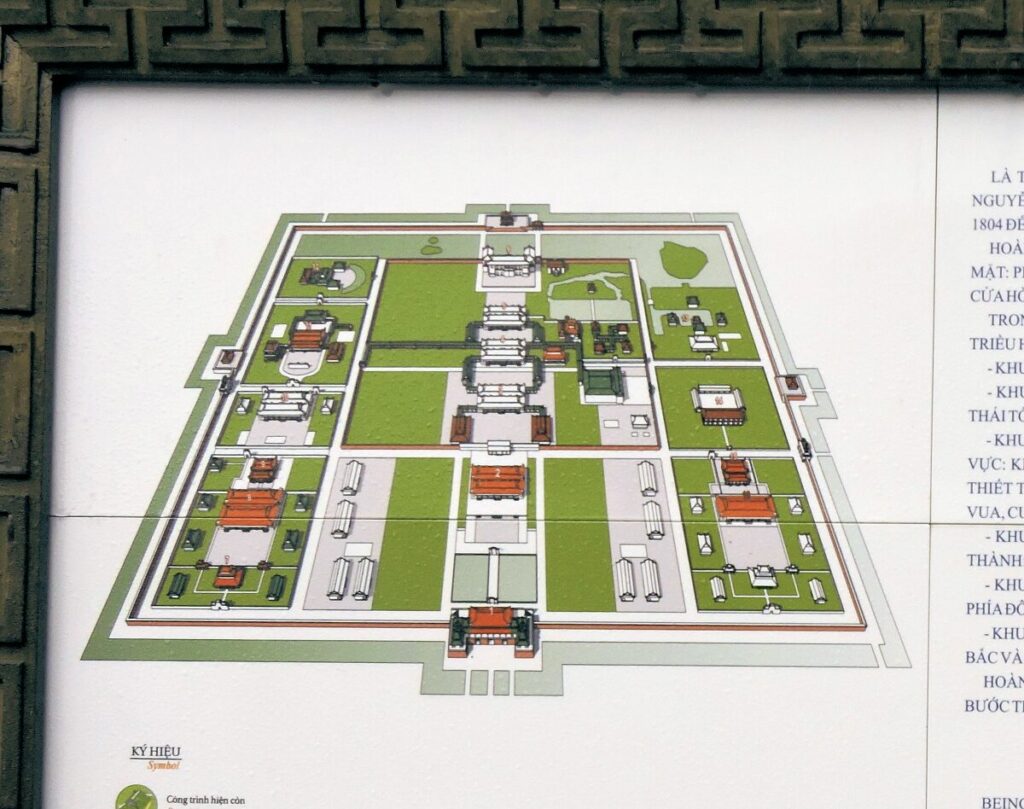
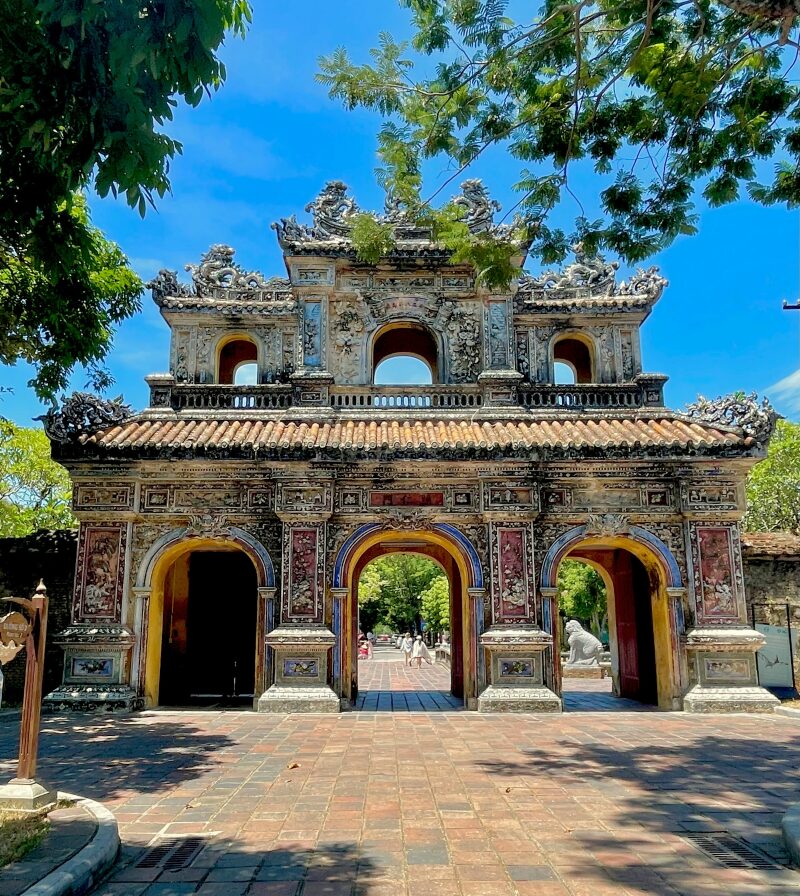
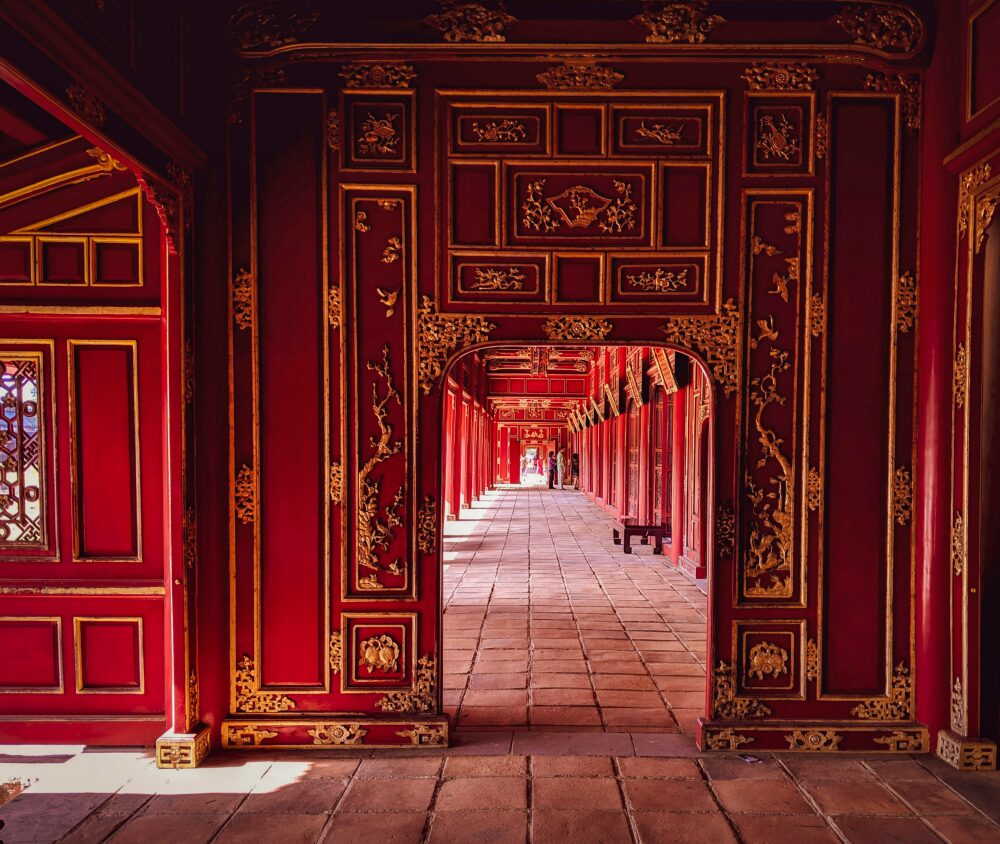
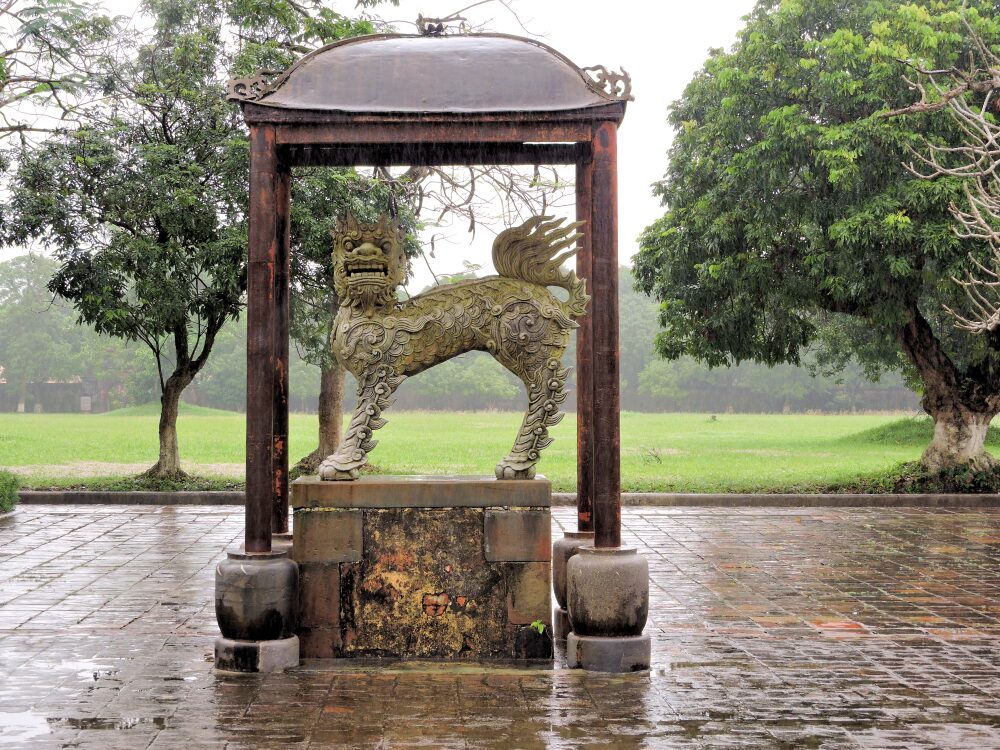
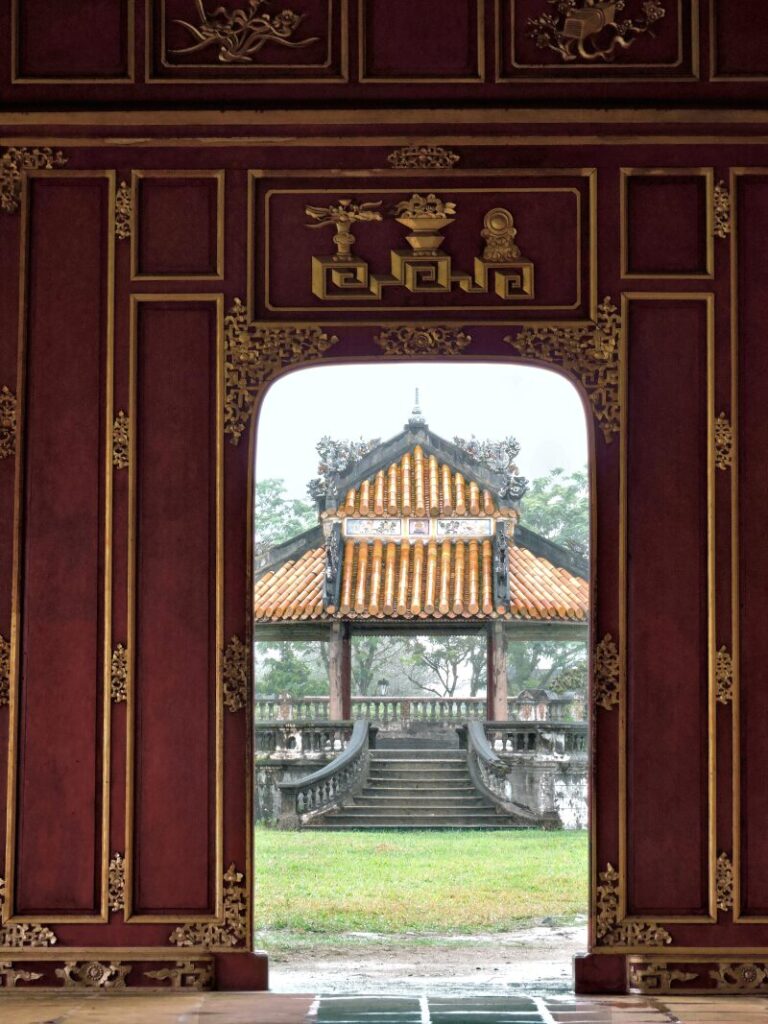
No man except the Emperor was allowed to set foot inside the forbidden purple city, only female concubines, female servants, and eunuchs.
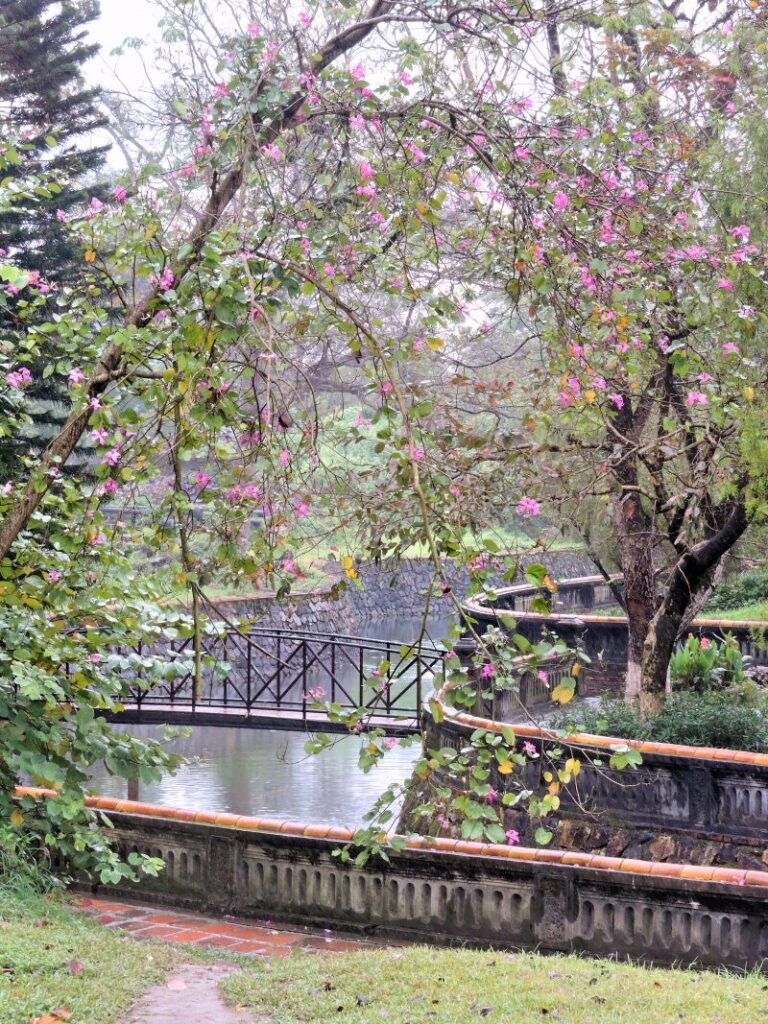
Exploring Royal Tombs
Although thirteen rulers sat on the imperial throne between 1802 and 1945 during the Nguyen dynasty, only seven were given the honor of their own mausoleum. These mausoleums (called langs) are scattered about along the Perfume River south of Hue. They can be reached by taxi, motorbike, or bicycle, and a few even by scenic boat ride. My hotel arranged a motorbike guide/driver for me. I had a helmet, a rain poncho in case of showers, and he drove me around the countryside to different pagodas and mausoleums. It was really fun. The countryside is scenic and the tombs are peaceful and have the lovely beauty of a bygone era.
The Seven Royal Mausoleums
Tomb of Emperor Gia Long:
The Mausoleum of the first Nguyen emperor is the most remote of the seven Royal tombs. Like many sights in Hue it was badly damaged during the Vietnam War, but recent restoration efforts have helped restore some of it.
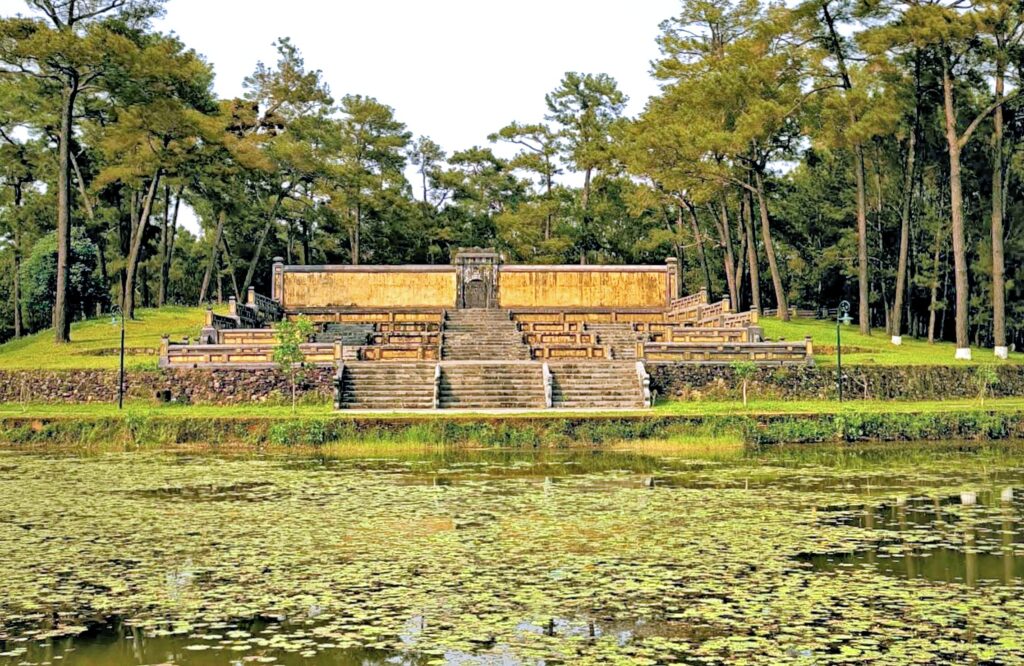
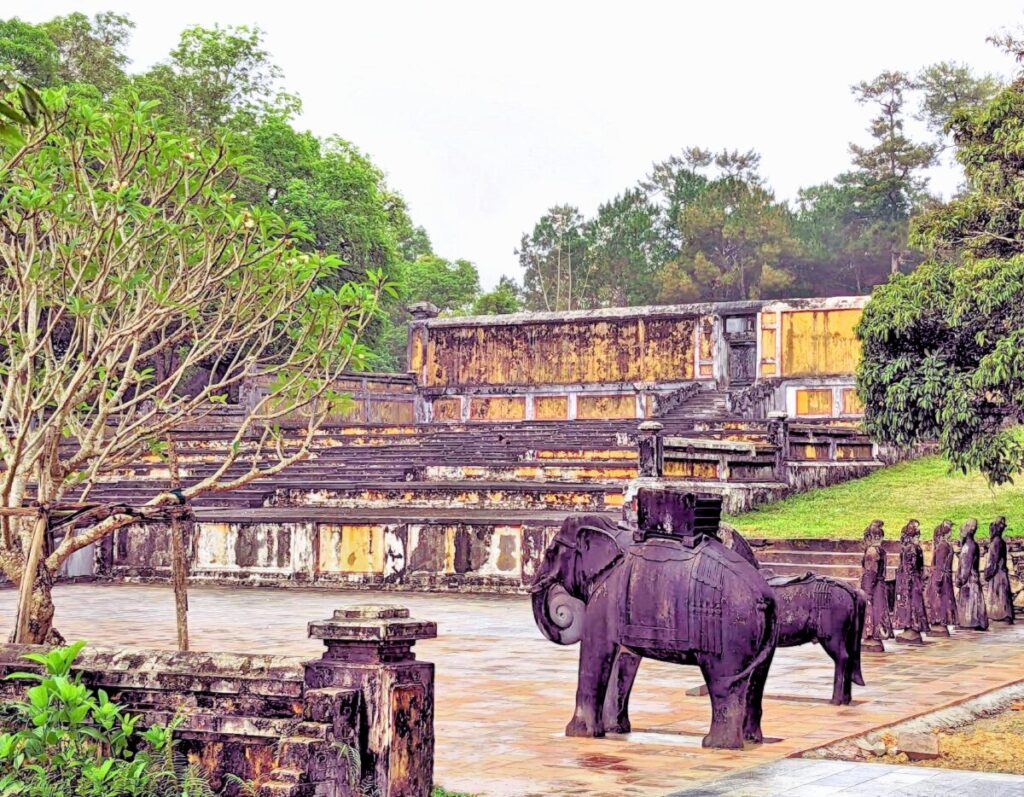
Tomb of Minh Mang:
Minh Mang left an impressive legacy, having crushed rebellions and held off the mounting European threat. During his reign, his empire stretched beyond present day Vietnam into Cambodia and Laos. His mausoleum complex with picturesque lakes and gardens seems a fitting final resting place.
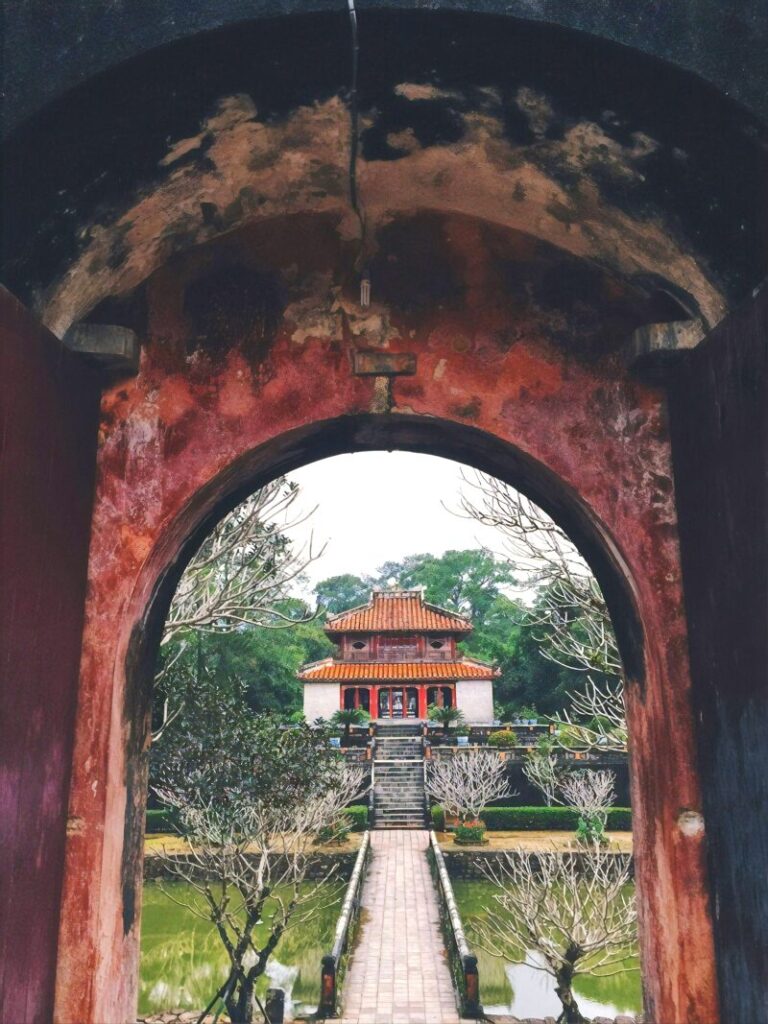
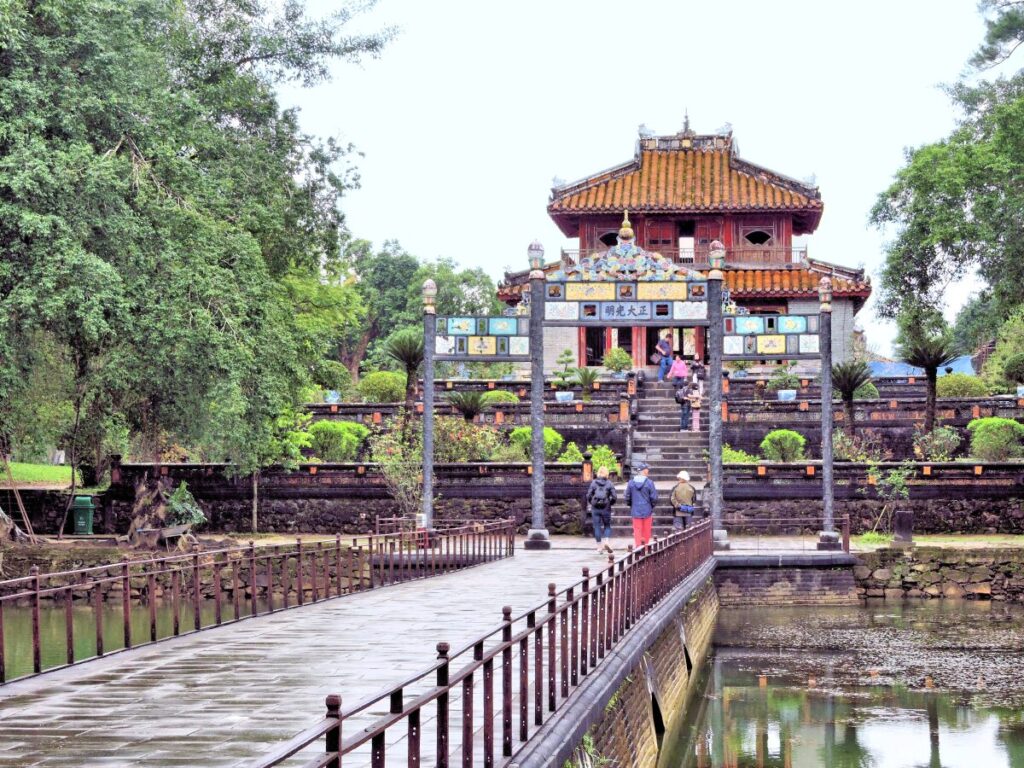
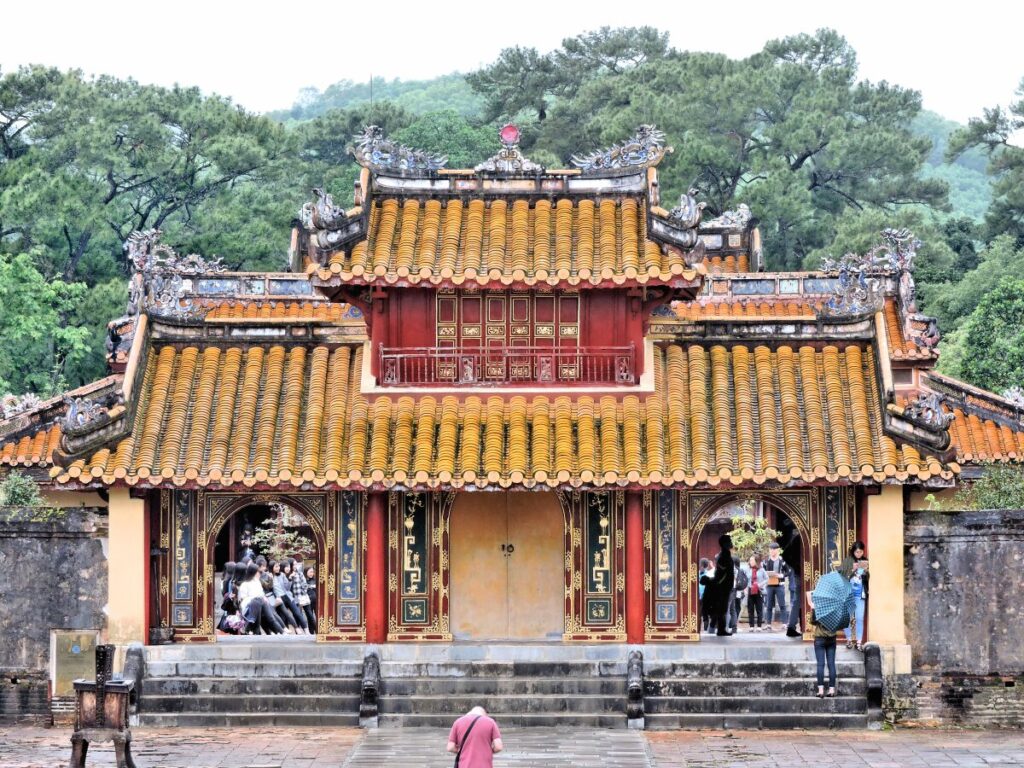
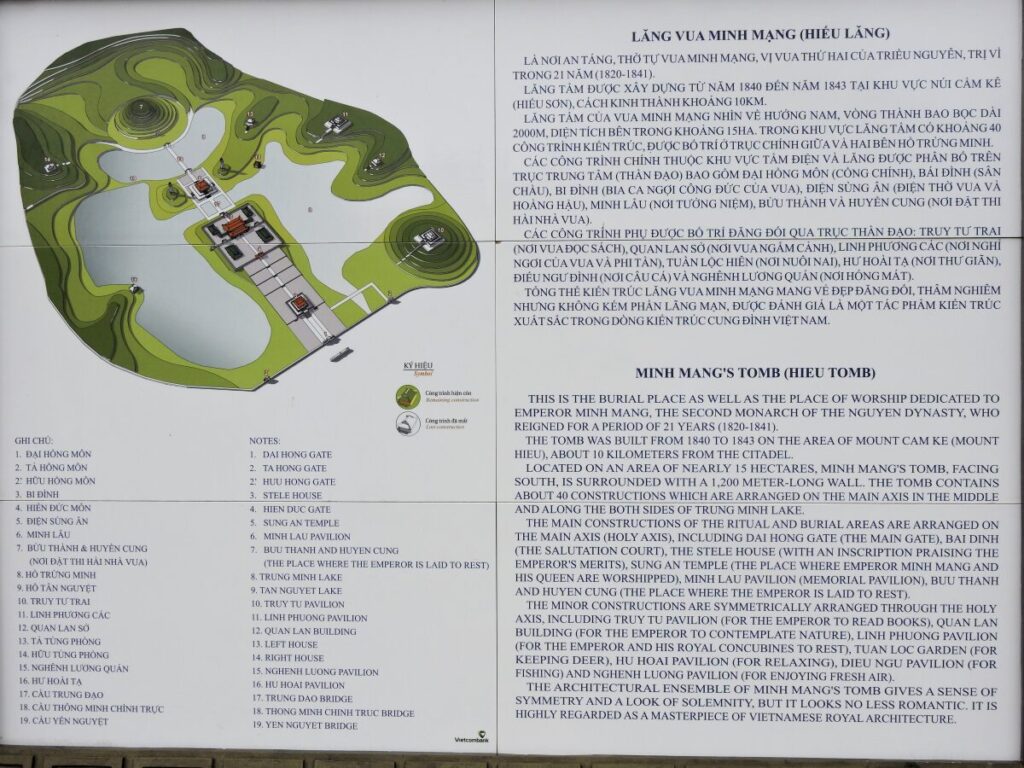
Tomb of Thieu Tri:
A simple, medium sized mausoleum with artificial ponds. According to my guide it is not well maintained and is less frequented than some of the other tombs. Its overgrown state and lack of other visitors may give it a certain charm, however, I did not have time to explore this one.
Tomb of Tu Duc:
The grounds of this mausoleum are spread out and the atmosphere is very serene with pine trees and large lotus ponds. Tu Duc was known to have preferred the quiet comforts of his future tomb over his own palace and spent a lot of time at his future mausoleum. It’s easy to see why he liked it there, this tomb was my favorite.
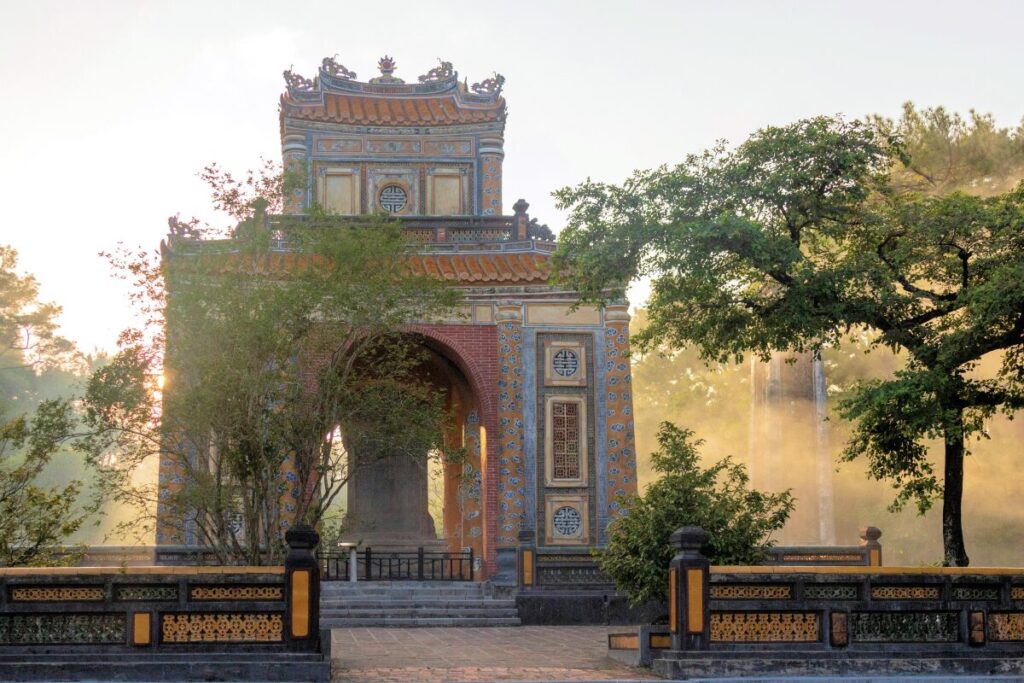
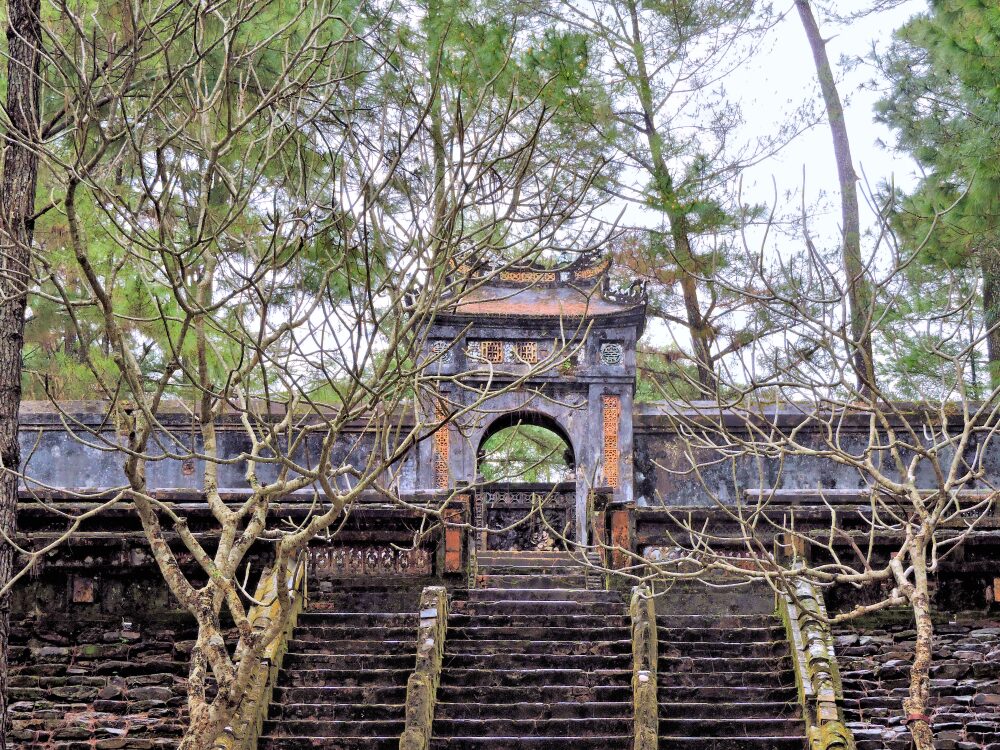
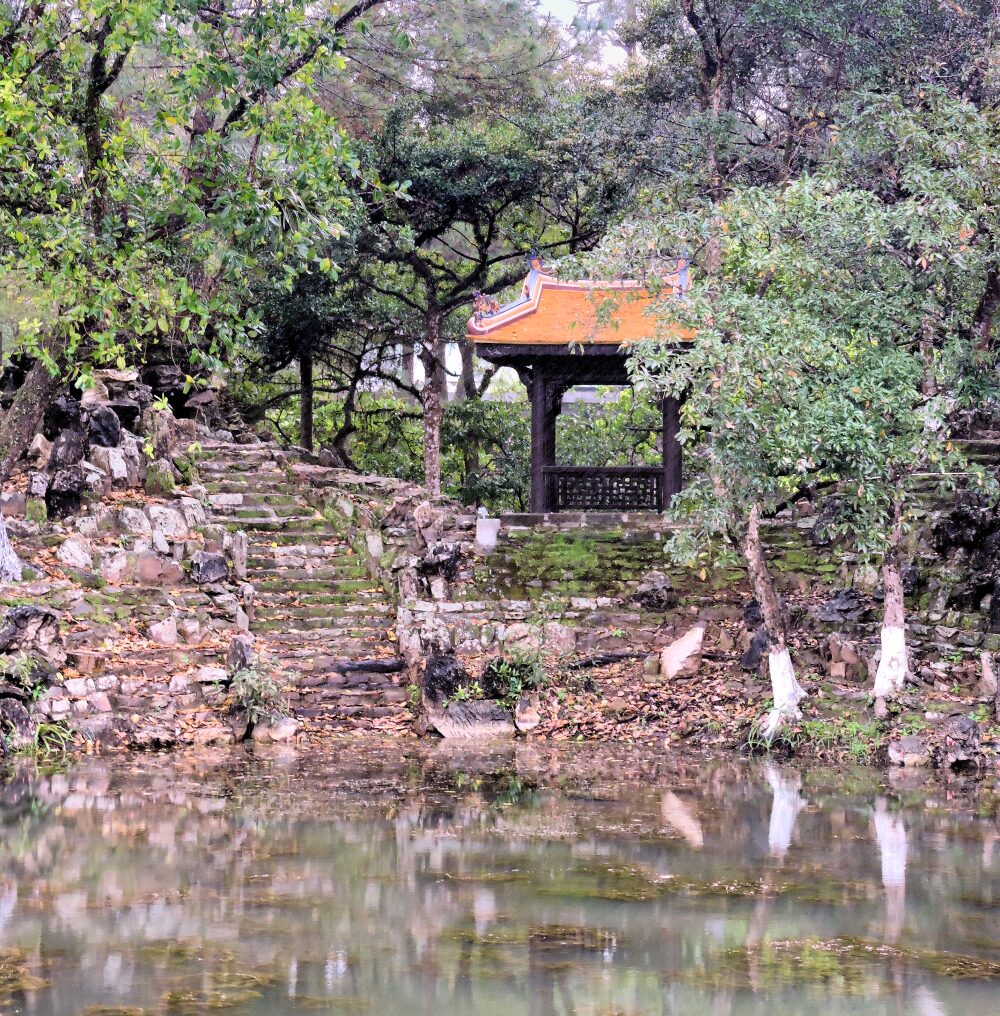
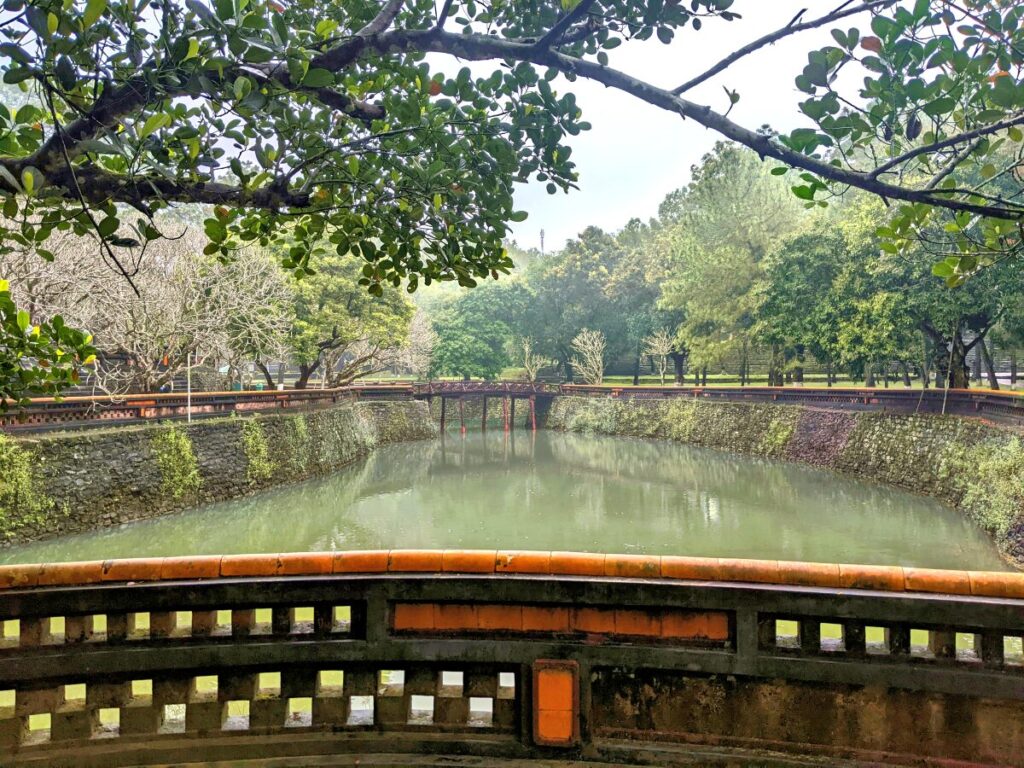
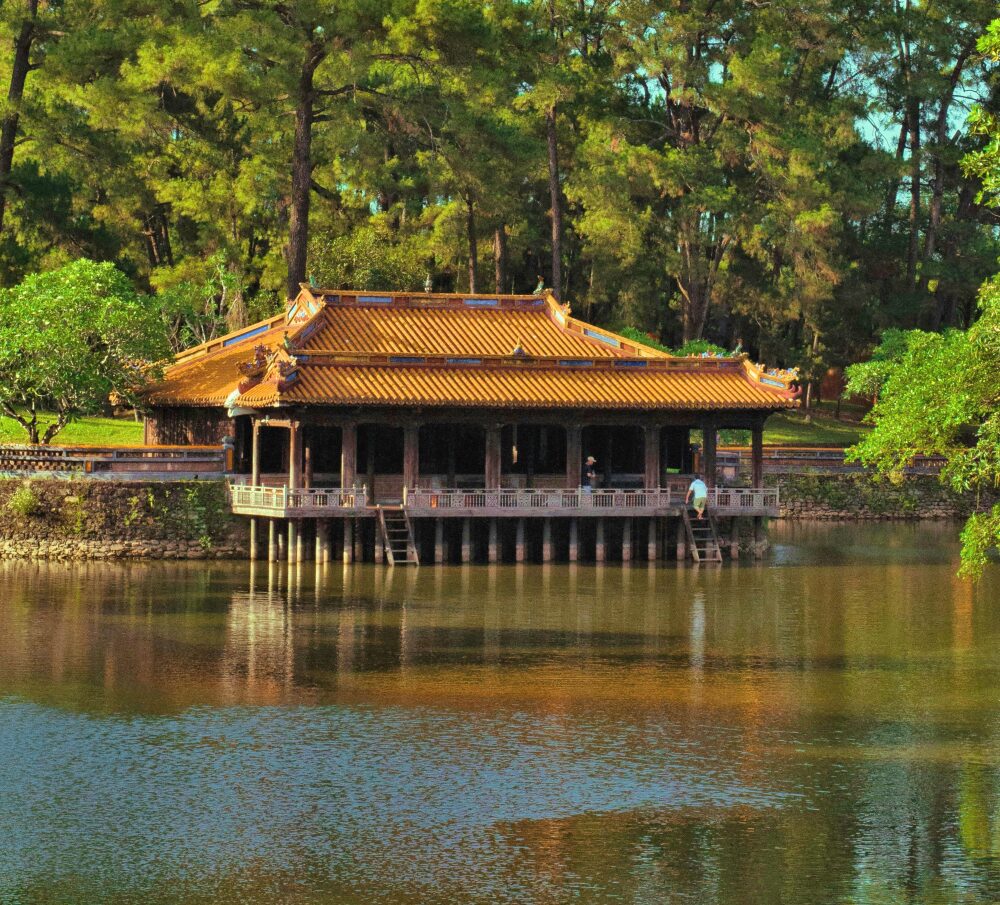
Tomb of Duc Duc:
Extremely modest tomb, Duc Duc was apparently Emperor for only three days. The tomb is small and in a rather sad state of preservation, it’s probably not worth going out of your way to see it, unless you have plenty of time.
Tomb of Dong Khanh:
One of the smaller mausoleums, Emperor Dong Khanh’s reign lasted only three years before he died in his early twenties. His tomb had to be finished by his son and I was told by my moto driver that it is not overly noteworthy compared to the others, but cannot confirm this.
Tomb of Khai Dinh:
The second to last emperor, (and the last to be buried in a royal tomb at Hue) Khai Dinh’s tomb is rather distinct from the other six royal tombs. Rising steeply up the side of a hill it was built with a white concrete facade and an elaborate mosaic interior. Its stylistic departure from the more traditional Vietnamese mausoleums is said to come from French architectural influence. Khai Dinh was apparently not popular among the Vietnamese and was generally considered to be a puppet of the French Government. I couldn’t tell which parts of the mausoleum were “French” myself, but I could tell it had a unique style from the other tombs I saw.
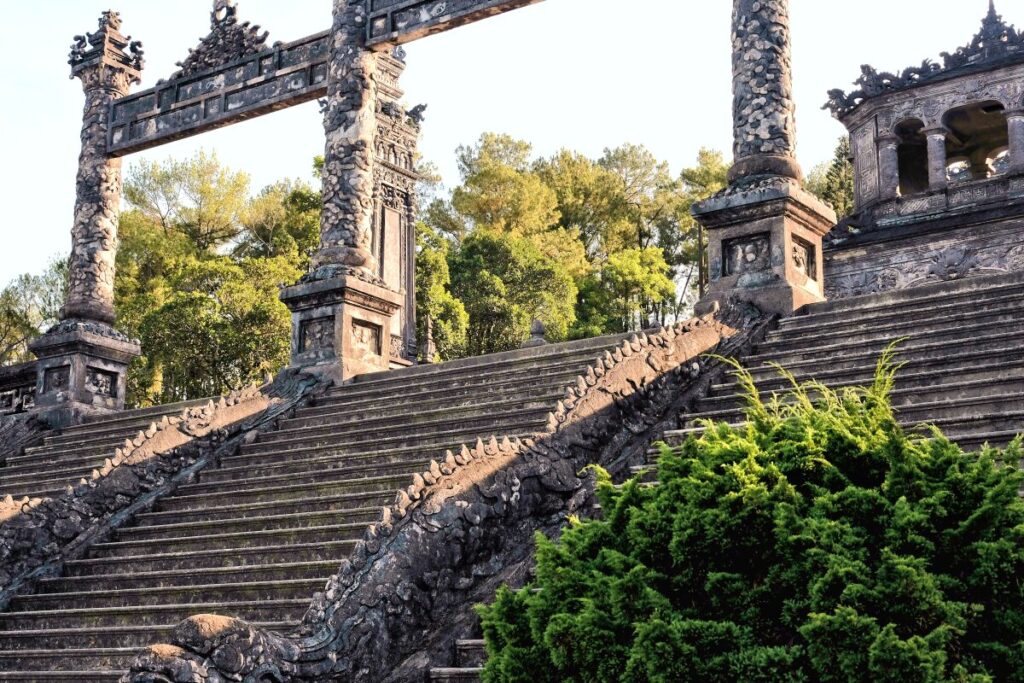
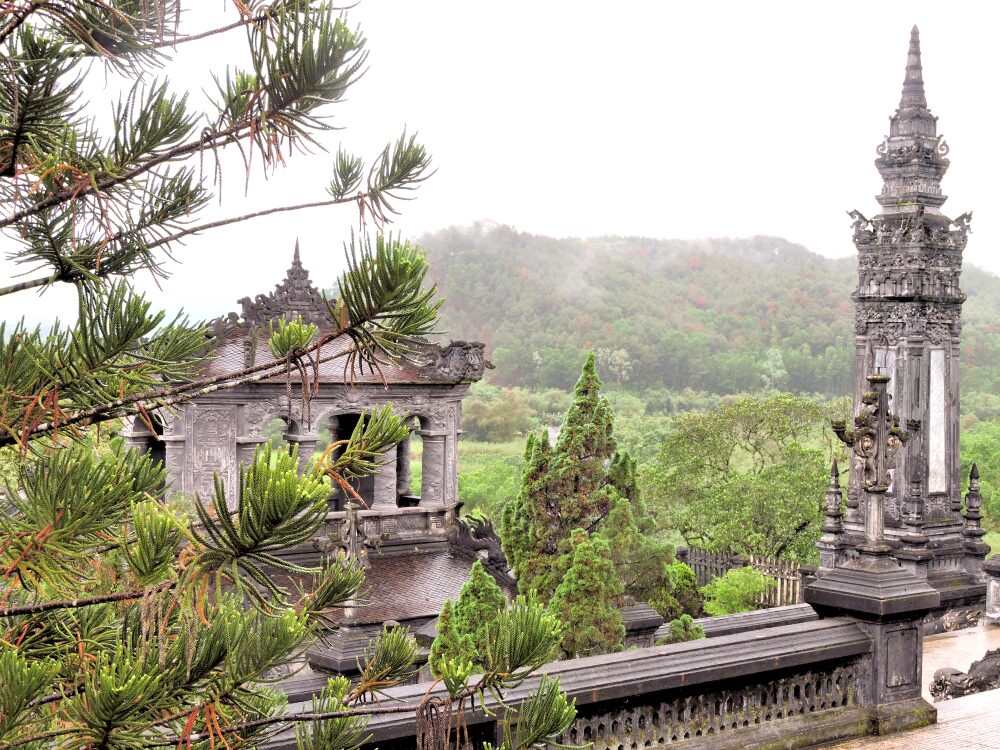
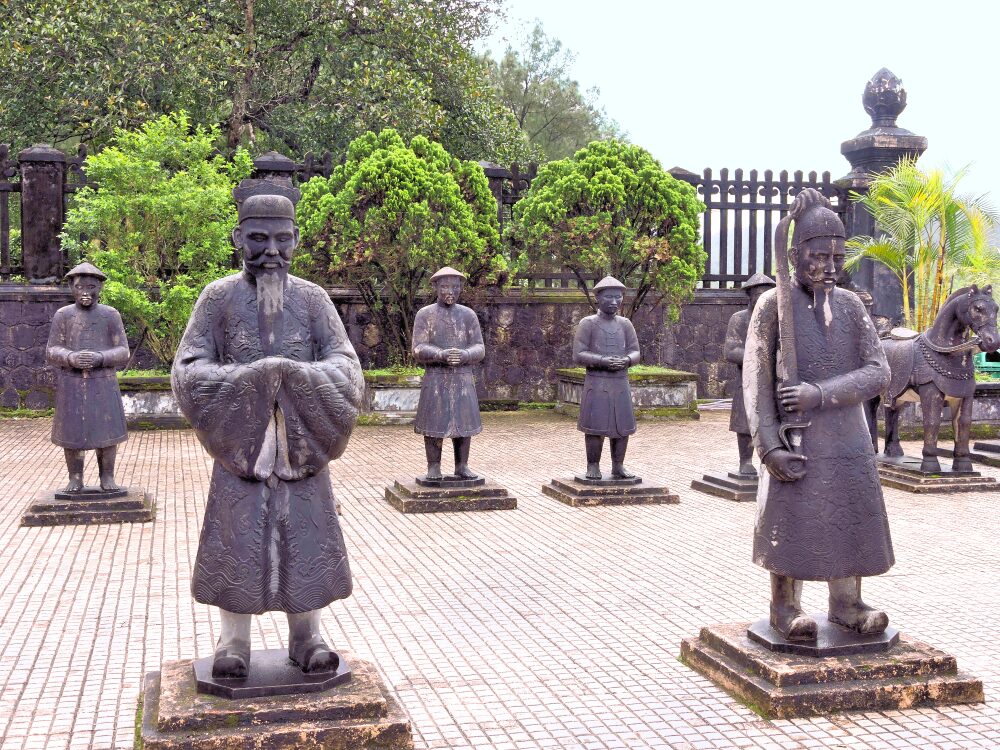
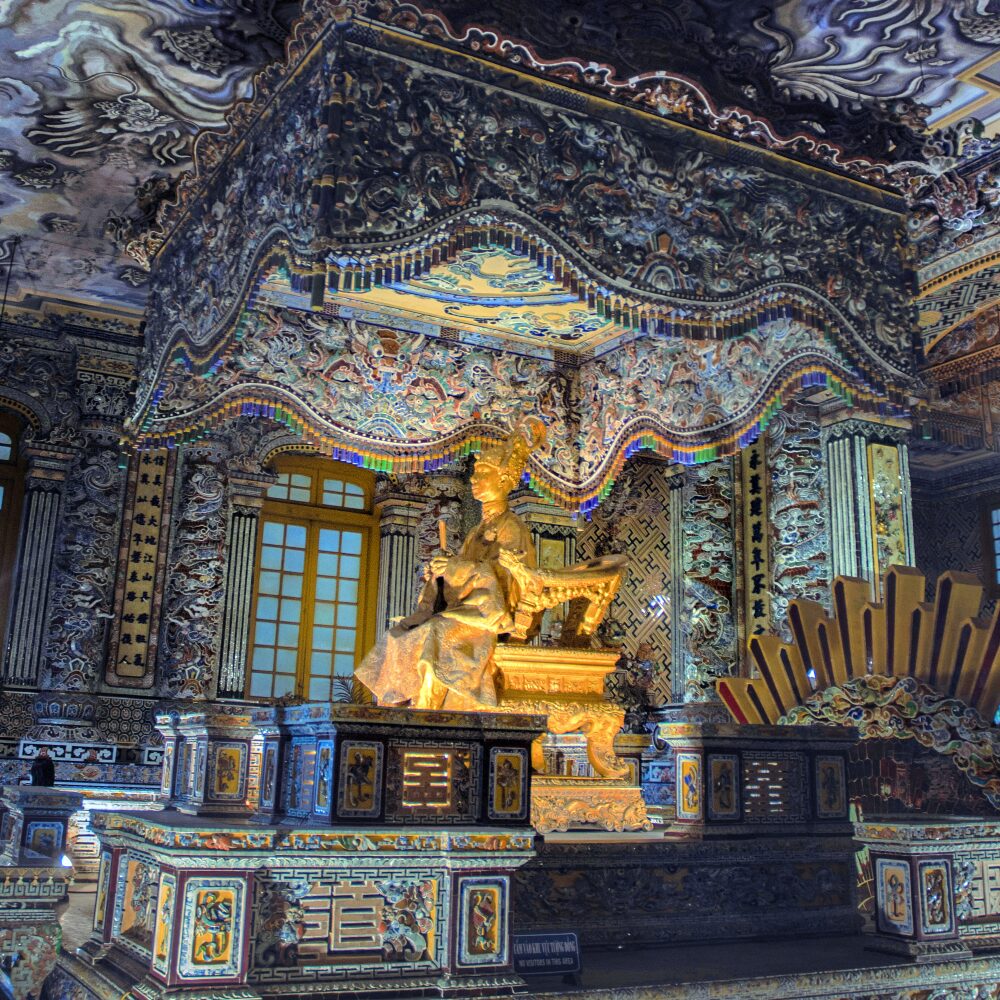
Pagodas
I only made it to one pagoda, but Hue has several temples and pagodas to visit. If I’d realized how much there was to explore in Hue and how cool it would be I would have planned my itinerary differently.
Thien Mu Pagoda
On top of a hillside above the Perfume River lies Thien Mu (heavenly lady) the oldest Pagoda in Hue. Built in 1601, its most prominent feature is a seven tiered octagonal tower. There are also gardens, pavilions housing images of the Buddha, a courtyard filled with magnificent bonsai trees, and monk‘s quarters near the back. Near the monk’s quarters is a garage turned memorial, inside is the car that drove monk Thich Quang Duc to Saigon in 1963 where he set himself on fire and died in protest of the Diem regime. Next to the car is a commemorative and informational sign, along with rather horrific photos, so heads up a little on that.
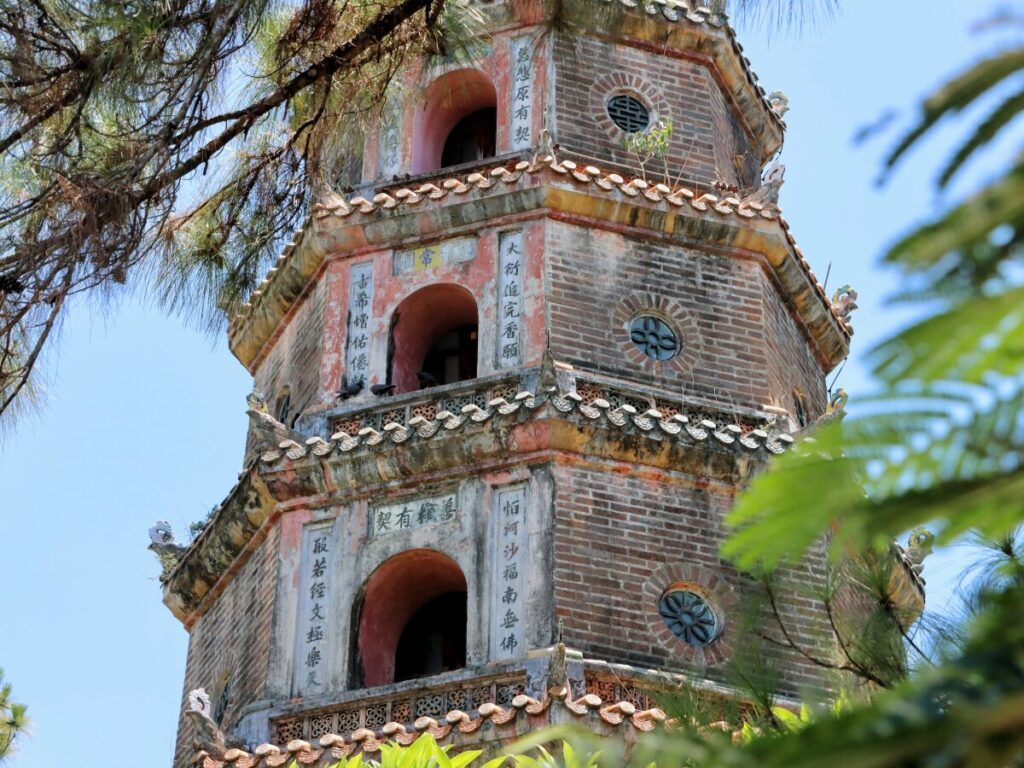
Vong Canh Hill
A beautiful, peaceful walk through pine forests ending in scenic views of the Perfume river and historically interesting Vietnamese War bunkers.
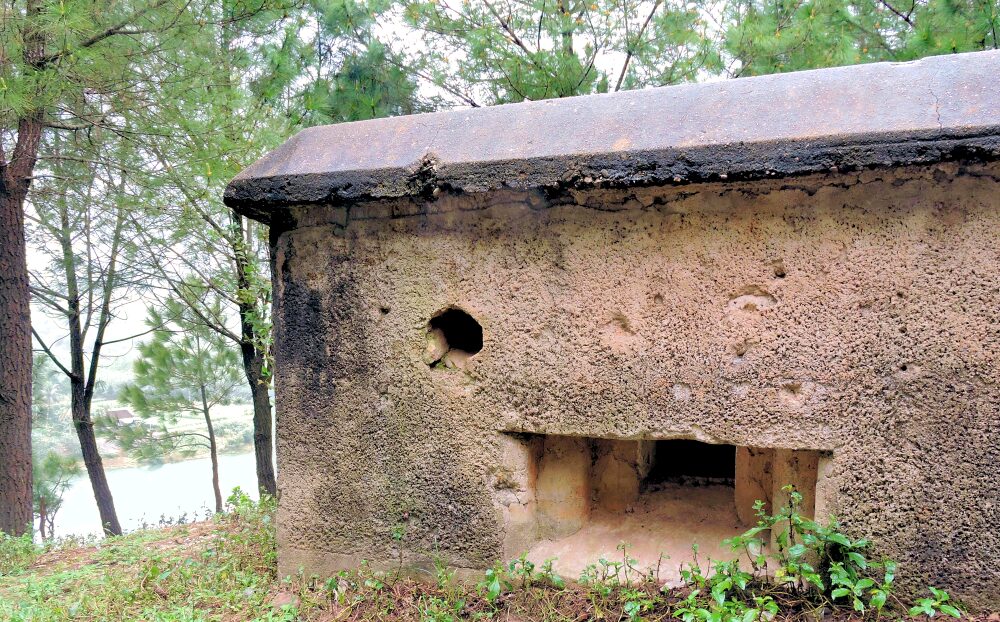
Overlooking the river the bunkers were used by American forces who considered it a strategic position. During the Tet offensive North Vietnamese soldiers snuck across the river here. This assault began what’s called the battle of Hue, which is known for being a particularly long and intense battle. Although I think most of the fighting took place around the citadel, I was told the bunkers were attacked when they crossed the river, and… well… a lot of people died here.
I think it’s really significant that, today, it is such a quiet, beautiful, and peaceful place.
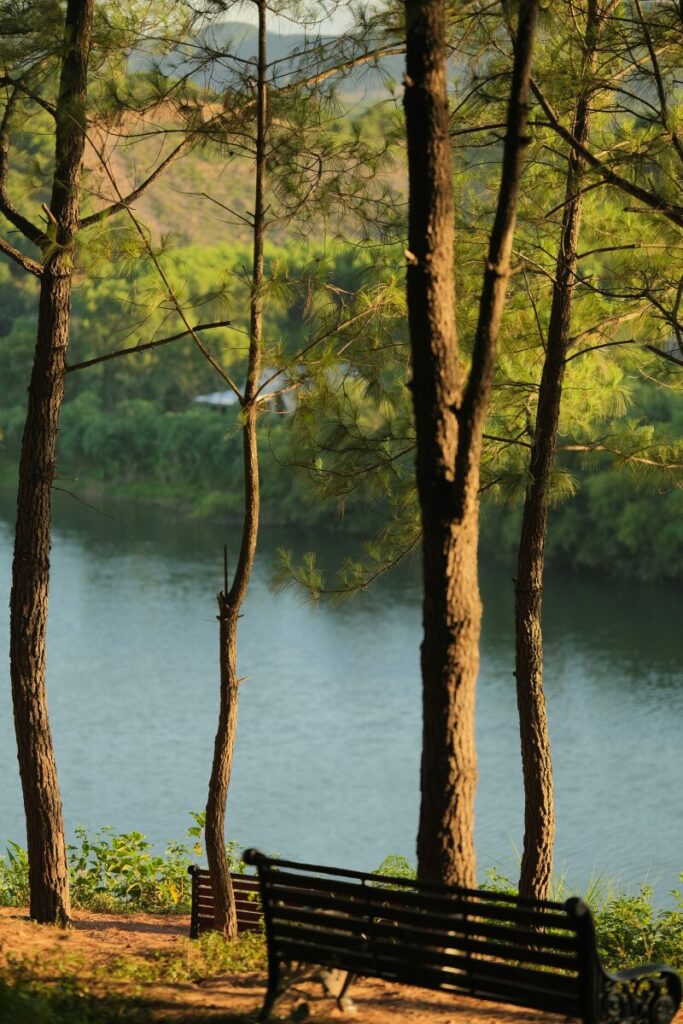
I really loved exploring Hue. As I wandered through the Imperial City and the Royal Tombs, the atmosphere was so evocative it brought the past to life around me.

